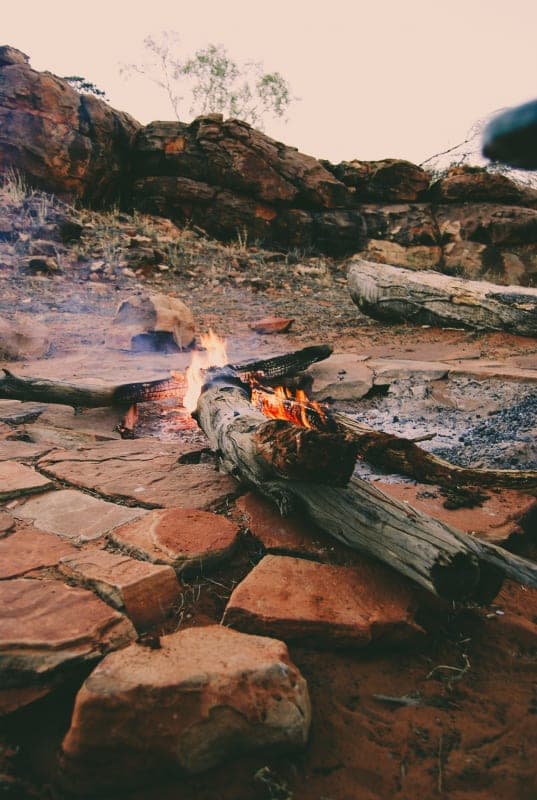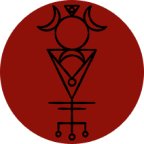
Litha
21 December
This, the longest day of the year, is a time of great joy and strength as light triumphs over darkness. It marks a time when the powers of nature are most vibrant and full. In ages past, this turning point was often celebrated with great bonfires where revellers would stay awake through the short night.
However, due to strict fire restrictions throughout the hot Australian summer, modern celebrations for this Sabbat tend to differ greatly from those held at other times of the year. No candles can be lit, no cauldrons burned, no open flames allowed outside across much of the country.
The Litha festival falls during the scorching, stifling heat of summer in Australia's southern lands, but in the north, Litha comes in the hot, wet season and symbolises fertility and fruition. In Australia, the Sturt's Desert Pea is a sacred flower of this time.
This season marks the ascendance of the God, now at the apex of his power, as the burgeoning Goddess brings forth the abundance of the Earth. Though the bonfires of old are but embers, the spirit of revelry lives on in the hearts of those who honour the turning of the wheel. So we stay awake through the shortest night and at dawn, we rejoice as darkness flees from the golden light of the sun.
